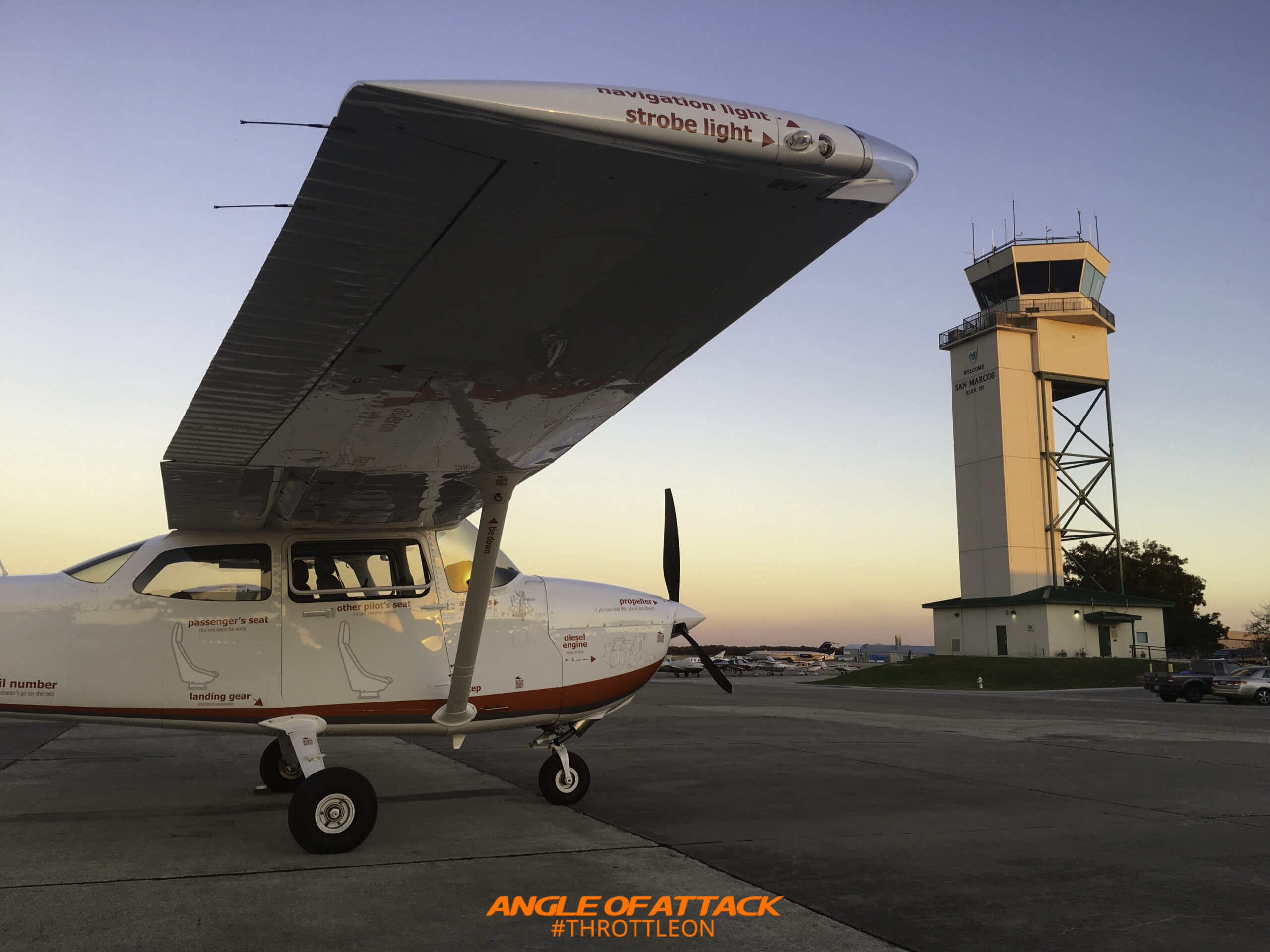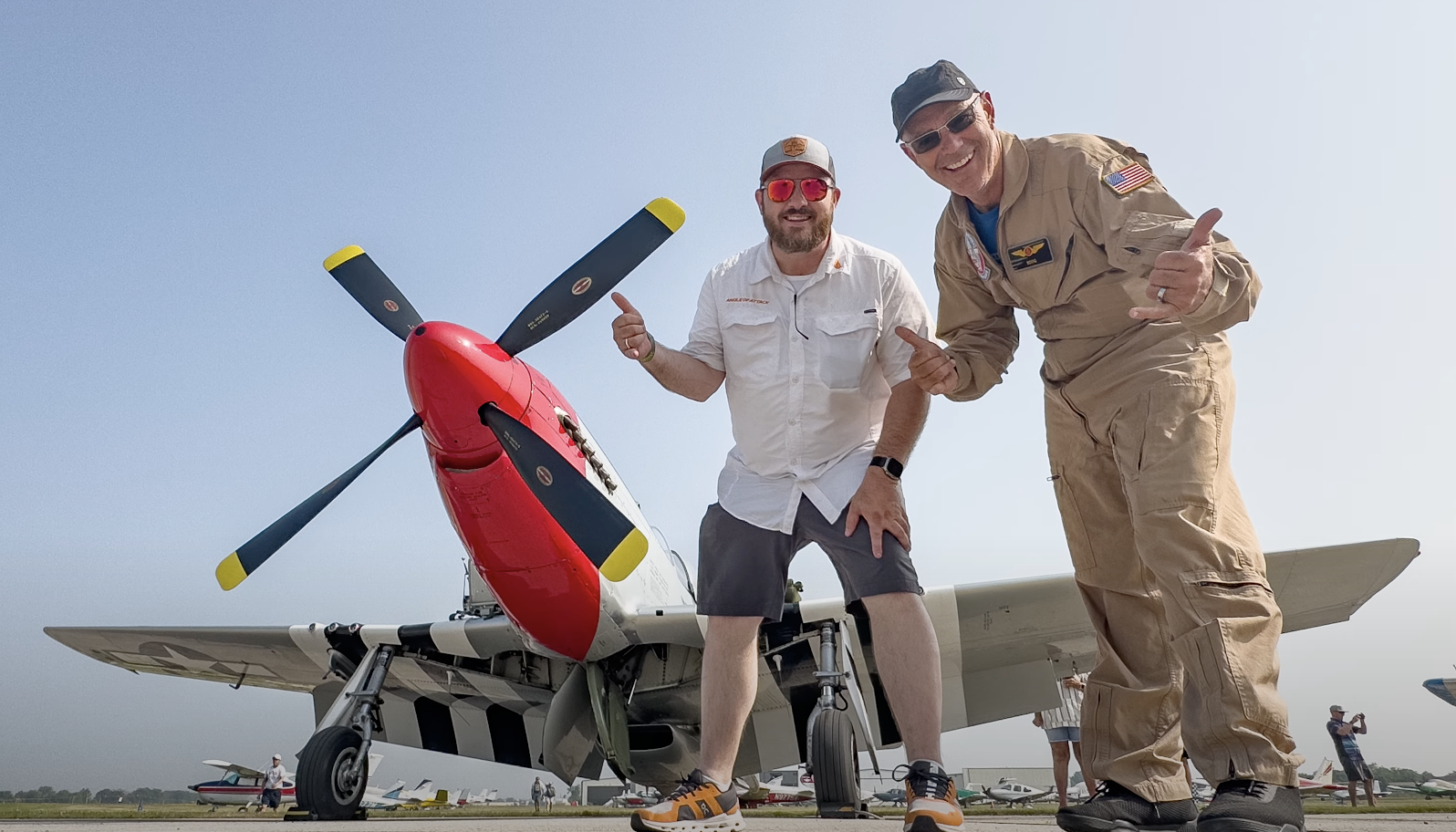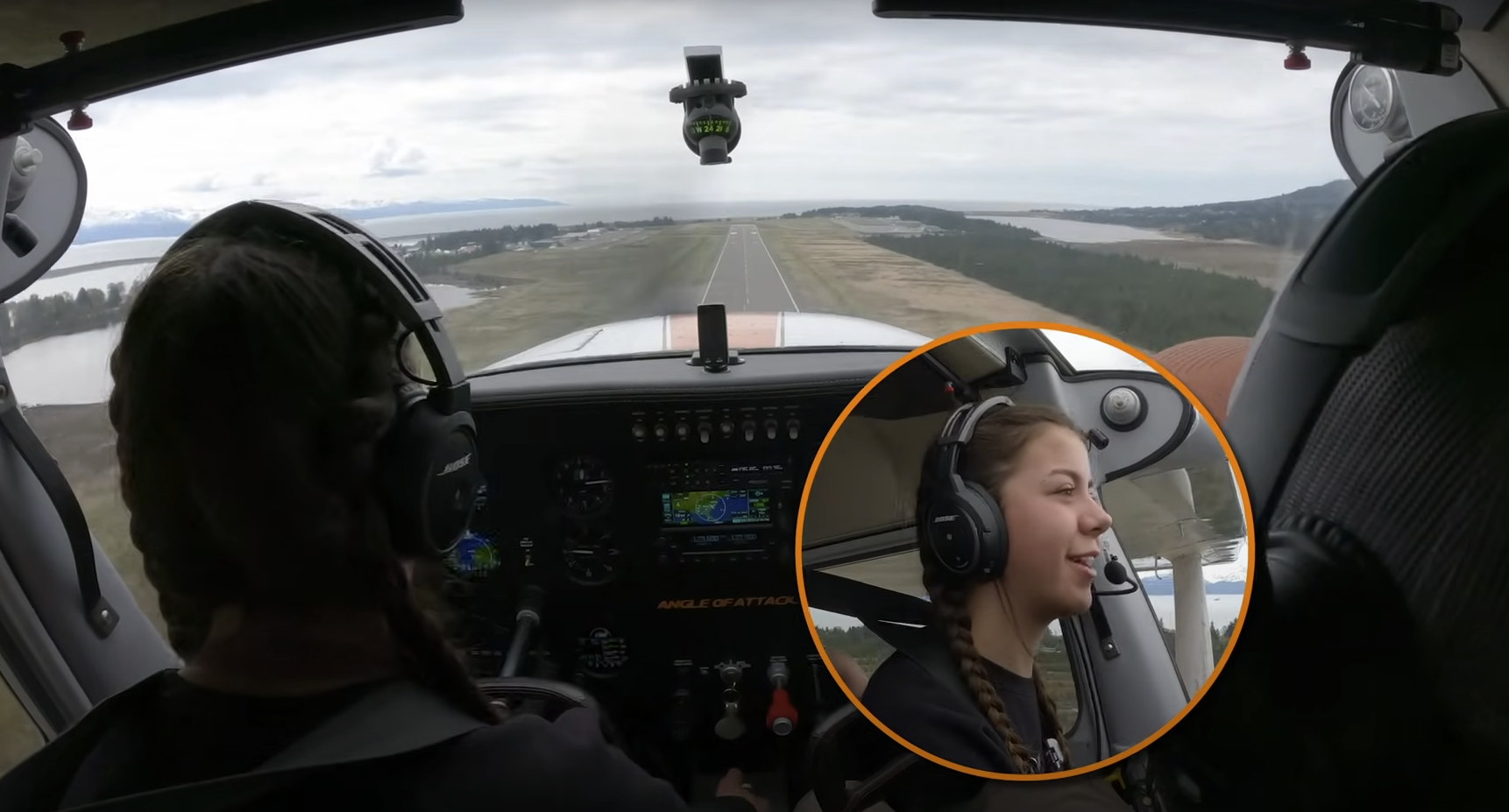
If you find yourself needing to cross large bodies of water in a single engine airplane on wheels, and even those on floats, consider your gliding distance and ability to reach land for an emergency landing.
Imagine the alternative, especially in colder climates where the water can be inhospitable. If you survive the crash (and an airplane can flip), now you’re in the water, with or without a PFD (personal floatation device or life jacket) and far from shore.
Even in the best of circumstances, survival could be difficult to impossible.
Plan for this by choosing an altitude that will allow for gliding distance to either shore. You can determine your glide ratio, and then punch that into ForeFlight. This is something to be planned ahead of time, but can also work in a pinch if you need to find another course of action.
Always keep this gliding distance and plan for the unlikely so that Murphy’s Law doesn’t come to haunt you.
#flying #aviation #glidingdistance
via https://youtu.be/gnoi84UMPSs
Chief Flight Instructor and President of Angle of Attack. Founded in 2006.

Stay Connected
Be the very first to get notified when we publish new flying videos, free lessons, and special offers on our courses.





